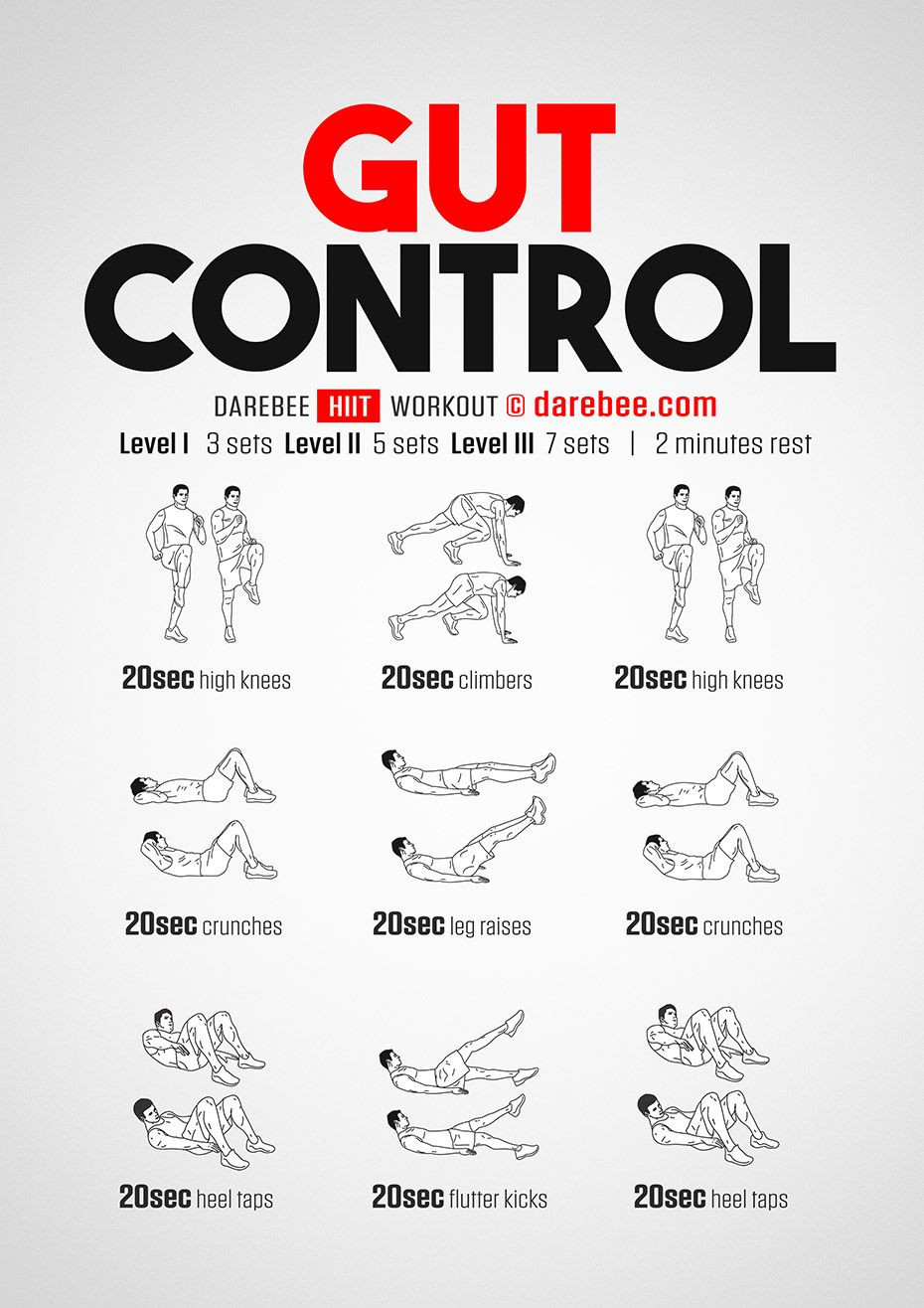
Jump up quickly, landing as softly as possible back into a squat, without letting your knees fall in toward each other. Lower down into a squat position until your butt is just below your knees.

Start standing with your feet slightly wider than hip-width distance, with toes turned out. Jump your feet back to your hands, and from this crouched position jump up as high as you can. Squat down and place your hands on the floor, and jump your feet back so that you're in a plank. “Getting in that fitness will help boost your energy and keep you healthy.”

“Since most HIIT workouts max out around 20 minutes, you can do it in the middle of the workday when you need a break, before focusing in on what needs to be done next,” says Ben Sweeney, a New York City–based trainer. It’s ideal if you don’t want to spend hours on end working out-which seems likely enough if you’re working out in your living room. You’ll burn calories rapidly, and the burn continues long after the typically short workout is finished. Those bursts are a proven way to improve both overall cardiovascular health and athletic performance. You’ve heard of it, and even possibly done a lot of it in group fitness classes like Barry’s-and there’s nothing to stop you from knocking out a HIIT workout at home.Īs the name suggests, HIIT training involves intense, max-effort movements followed by short rest periods. Enter high-intensity interval training (HIIT).

Luckily for you, one of the best workouts to do from home is also the quickest. By now, you’ve probably scrolled through at least a half dozen fitness apps and perused three or four different websites to see if kettlebells are back in stock. But workouts are not one of them-we’re ready to say homebound fitness is starting to feel like something to simply get through to maintain any sliver of physical shape or mental health. We’re weeks into coronavirus quarantine, and many of us are learning to take some pleasure in doing things slowly-baking bread, maybe, or indulging in spa-level grooming treatments.


 0 kommentar(er)
0 kommentar(er)
